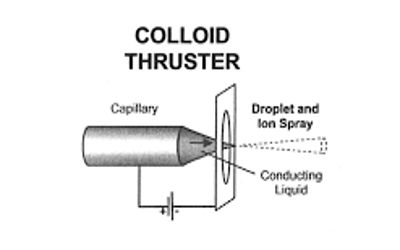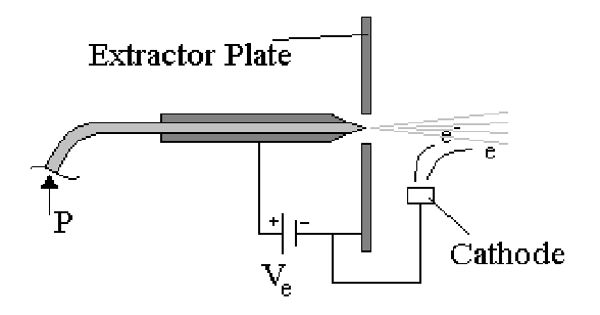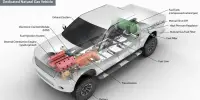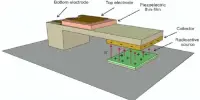Colloid Thruster – a type of low thrust electric propulsion rocket engine
A colloid thruster, also known as electrospray thruster, is a type of low thrust electric propulsion rocket engine that uses electrostatic acceleration of charged liquid droplets for propulsion. It works by placing a voltage on an ionic liquid and extracting either bead of propellant or ions to generate thrust. The duration of long-term space missions could be significantly reduced by using electric thrusters instead of chemical rockets. To prove the success of the thruster, a performance profile of the thruster is produced using an indirect method of measurement as well as visual observations of the thruster moving propellant byway of the electrospray theory.
Colloid thrusters are a specific class of electrospray thrusters that use solvents, such as glycerol or formamide, to emit droplets or, in special cases, ions to generate thrust.
Electrospray thrusters work by placing a voltage on an ionic liquid and extracting either bead of propellant or ions to generate thrust. In a colloid thruster, charged liquid droplets are produced by an electrospray process and then accelerated by a static electric field. By definition, colloid thrusters are a specific class of electrospray thrusters that use solvents, such as glycerol or formamide, to emit droplets or, in special cases, ions to generate thrust. The liquid used for this application tends to be a low-volatility ionic liquid.

The colloid thruster, which gets its thrust from the electrostatic acceleration of charged liquid droplets, is potentially a very attractive propulsion system, and space tests on this type of propulsion unit could be carried out in the near future. Like other ion thrusters, its benefits include high efficiency, thrust density, and specific impulse; however it has very low total thrust, on the order of micronewtons. To prove the success of the thruster, a performance profile of the thruster is produced using an indirect method of measurement as well as visual observations of the thruster moving propellant byway of the electrospray theory.
The recent advancements in technology allow electrospray thrusters to use significantly less power and occupy less volume than their predecessors. As electrospray technology continues to advance, these thrusters are meeting the demands of small satellite propulsion. It provides very fine attitude control or efficient acceleration of small spacecraft over long periods of time.
















